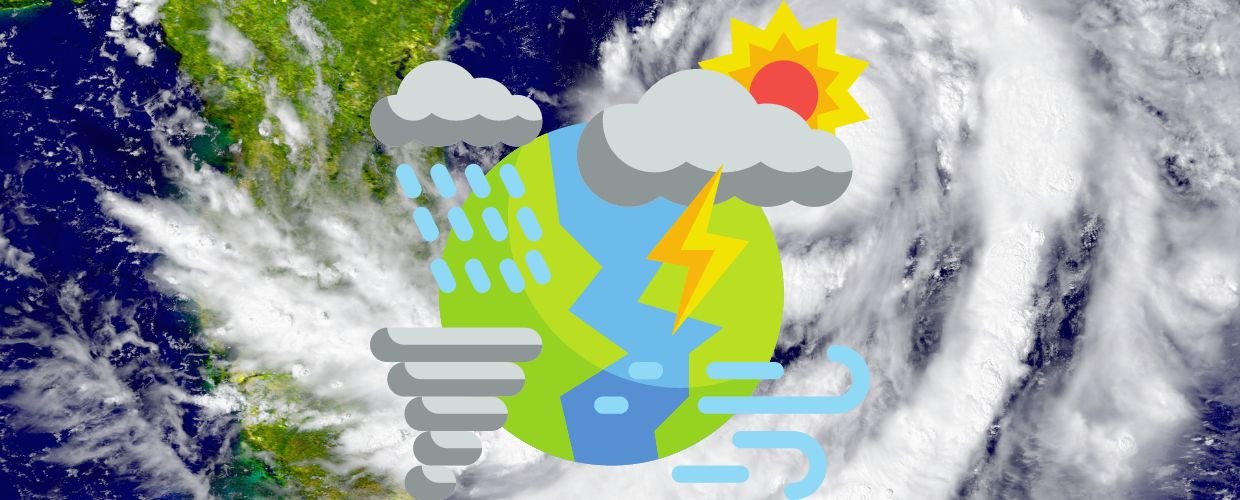Space weather, often overlooked but profoundly impactful, is a natural phenomenon that has far-reaching implications for our technological world and our understanding of the universe. In this comprehensive exploration, we delve into space weather, revealing its significance, causes, effects, and the measures we take to navigate the cosmic climate surrounding our planet and beyond.
The Significance of Space Weather
Space weather plays a crucial role in our interactions with the cosmos and profoundly impacts our technological infrastructure.
Understanding Earth’s Connection to Space
Space weather results from interactions between the Sun and the Earth’s magnetic field. These interactions have been studied extensively to comprehend how they influence our planet’s environment, including the ionosphere and magnetosphere. Understanding it is vital for protecting our technology and infrastructure in space, such as satellites and the International Space Station (ISS). It also helps us grasp the fundamental processes throughout the universe, from solar flares on distant stars to the auroras on other planets.
Impact on Technology
It can significantly affect our technological systems. Solar storms, for example, can disrupt satellite communications, GPS signals, and power grids on Earth. Understanding it is crucial for mitigating these impacts and ensuring the reliability of our modern technology.
Causes of Space Weather
Space weather is primarily driven by the Sun’s activity and the resulting solar wind and storms.
The Sun’s Influence
The Sun is the central player in it. It constantly releases streams of charged particles, known as the solar wind, into space. Solar wind variations, including solar flares and coronal mass ejections (CMEs), can disturb the space environment near Earth. Solar flares are bursts of high-energy radiation, while CMEs are massive eruptions of solar material. These phenomena can cause geomagnetic storms and impact our planet’s magnetosphere when directed toward Earth.
Effects of Space Weather
Space weather can have a wide range of effects on Earth, our technology, and even our astronauts in space.
Impact on Satellites
Satellites are particularly vulnerable to space weather. Solar storms can damage their electronic components, disrupt communication signals, and even alter their orbits. Protecting these critical assets is a primary concern for space agencies and satellite operators.
Communication Disruptions
It can lead to communication disruptions on Earth. High-frequency radio signals can be absorbed in the ionosphere during geomagnetic storms, causing signal degradation or blackouts. For instance, the Carrington Event of 1859, a massive solar storm, caused telegraph lines to catch fire and led to widespread communication disruptions.
Radiation Hazard in Space
Astronauts aboard the ISS are exposed to elevated radiation levels during solar storms. Space agencies monitor conditions to ensure the safety of astronauts and may issue warnings to seek shelter in shielded areas when necessary.
Auroras
One of the stunning visual effects of the aurora or the Northern and Southern Lights. These beautiful light displays are created when charged particles from the solar wind interact with the Earth’s magnetic field and atmosphere. Auroras are visible near the Earth’s polar regions and are a testament to the dynamic interplay between the Sun and our planet.
Monitoring and Prediction
Monitoring space weather is essential for predicting and mitigating its effects on Earth and space-based assets.
Space Weather Centers
Various space agencies and organizations operate space weather prediction centers around the world. These centers continuously monitor solar activity, analyze data from spacecraft, and issue warnings and alerts when necessary.
Spacecraft and Probes
Spacecrafts like the Solar and Heliospheric Observatory (SOHO) and the Advanced Composition Explorer (ACE) are crucial in monitoring space weather. They provide real-time data on solar conditions, allowing us to track and predict solar flares and CMEs.
Advances in Prediction
Advances in space weather prediction are driven by a better understanding of the Sun’s behavior and improved data analysis. Predictive models are becoming increasingly accurate, allowing us to prepare for and mitigate the impact of events.
Space Weather in the Future
The study and monitoring of space weather will continue to be vital to our technological infrastructure and scientific understanding.
Space Exploration
As we venture further into space, it will be a critical consideration for future missions to the Moon, Mars, and beyond. Protecting astronauts, spacecraft, and equipment from the effects of space weather will be essential for the success of these endeavors.
Enhanced Space Weather Prediction
Continued research and technological advancements will lead to more accurate prediction models. It, in turn, will allow us to better prepare for and mitigate the impact of events on Earth and in space.
Conclusion
Space weather is a dynamic and ever-present force shaping our cosmos interactions. Its significance extends from its impact on our technology and infrastructure to its role in advancing our understanding of the universe. As we continue to explore and harness the benefits of space, our ability to monitor and predict it will be paramount. It reminds us that our connection to the universe is not one-directional but a dynamic, ever-changing partnership between Earth and the cosmos that we must navigate with care and curiosity.










